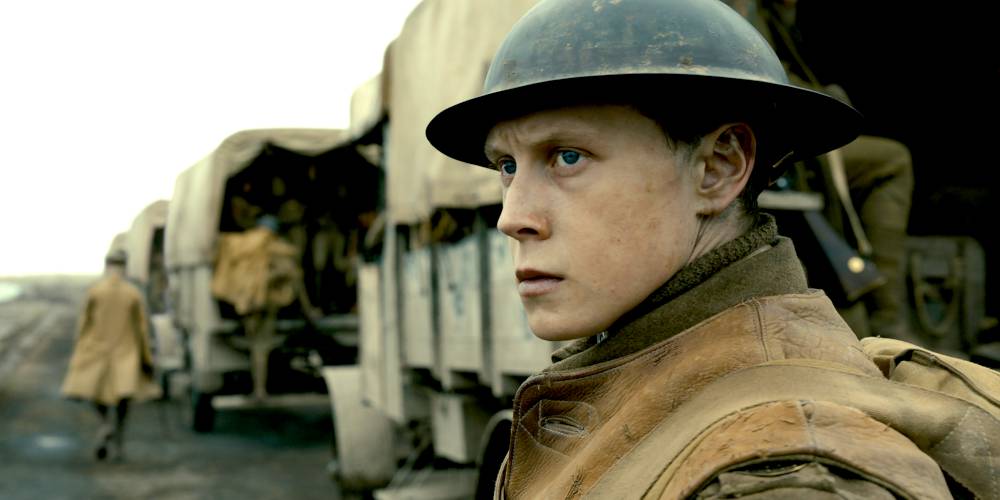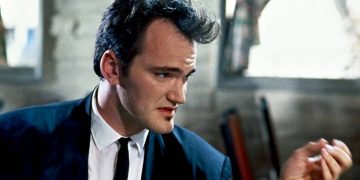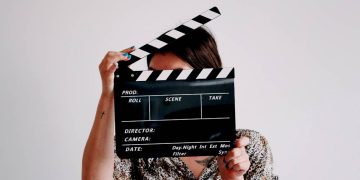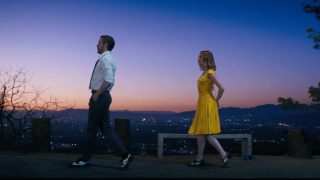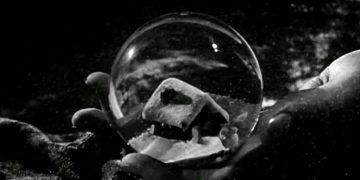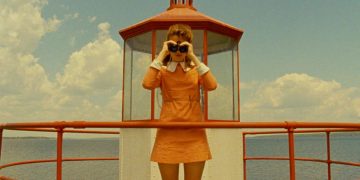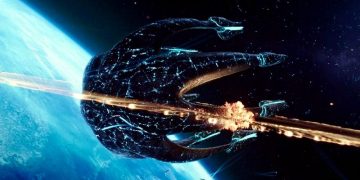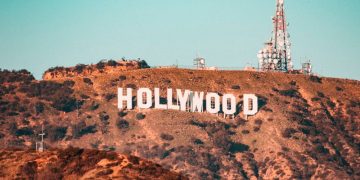Cinematographers are one of the unsung heroes in filmmaking, next to film editors, stunt performers, and casting directors.
And like all unsung heroes, the input of a cinematographer can be what elevates an otherwise good movie to be great—or even legendary.
Sometimes, a scene is shot in a way that impacts you in ways you never expected. It pulls you in, evokes certain feelings, and takes you to another plane.
The cinematographer is usually the one responsible for making such shots come to life, which is why great cinematographers are invaluable to budding film directors.
Here are my picks for the greatest cinematographers in Hollywood who have had incredible impacts on the art of filmmaking.
7. Robert Elswit (1950–Present)
Most notable movies: Boogie Nights (1997), Magnolia (1999), There Will Be Blood (2007), Mission: Impossible – Ghost Protocol (2011), Nightcrawler (2014)
Robert Elswit may not be the biggest name on this list, but he's an important player in 21st century filmmaking.
He's been honing his craft for decades while working in Hollywood, and it all led up to his best work when he collaborated with long-term pal Paul Thomas Anderson on There Will Be Blood (2007).
Indeed, Robert Elswit's work on There Will Be Blood earned him the Academy Award for Best Cinematography.
Sure, his name isn't as renowned or memorable as Emmanuel Lubezki or Roger Deakins, but make no mistake: the look of an Elswit picture is distinct and unique to that man behind the camera.
Over the years, he's not only worked with some of the best in the business, but he also continues to be one of those people who manages to bring his own magic to everything he works on.
6. Stanley Kubrick (1928–1999)
Most notable movies: 2001: A Space Odyssey (1968), A Clockwork Orange (1971), The Shining (1980), Full Metal Jacket (1987), Eyes Wide Shut (1999)
Okay, so Stanley Kubrick was technically the director—not cinematographer—for his movies. But when you take away his directing prowess and his eye for layering a story, you're left with a master of the camera and setting up phenomenal shots.
He's the one who cultivated the looks and feels of his own films, reportedly telling one of his cinematographers to "sit down and shut up" and taking over when that cinematographer moved the camera to a different spot when Kubrick wasn't looking.
The sweeping Steadicam shots that made The Shining so intensely dreadful, the natural look of the 1800s in Barry Lyndon, the captured nature of war in Full Metal Jacket—all of it made Stanley Kubrick a master of cinematography.
5. Janusz Kamiński (1959–Present)
Most notable movies: Schindler's List (1993), Saving Private Ryan (1998), Minority Report (2002), Bridge of Spies (2015), Ready Player One (2018)
Janusz Kamiński's work has been tied to that of Steven Spielberg for decades now, and together, they have created a unique style of cinema that has changed the art form forever.
From Schindler's List to Bridge of Spies to Ready Player One, Janusz Kamiński's stamp has left an indelible mark upon large parts of Spielberg's greatest works, making Kamiński one of the most versatile cinematographers of all time.
The way Kamiński adapts to Spielberg's worlds—from the horrors of war-torn Germany in Schindler's List to the virtual realities of Ready Player One—is the hallmark of a master craftsman and somebody at the peak of their cinematographic powers.
4. Orson Welles (1915–1985)
Most notable movies: Citizen Kane (1941), The Lady From Shanghai (1947), Touch of Evil (1958), The Trial (1962), The Other Side of the Wind (2018)
Orson Welles might just be the single greatest filmmaker that ever lived, whose feature-length directorial debut was the legendary Citizen Kane, who then followed up with several other classics.
And like Stanley Kubrick, Orson Welles may have technically been director for many of his films, but so much of the looks and feels of his films can be attributed to how Welles wanted them to appear.
He wasn't "the cinematographer" in the strictest sense of the word most of the time, but there were times when he did the work himself—and in those instances, it was the work of a camera master.
In every category, Welles managed to craft his own way—so when you watch a Welles film (beyond his maiden effort), every element you see on screen is his own.
3. Emmanuel Lubezki (1964–Present)
Most notable movies: Children of Men (2006), The Tree of Life (2011), Gravity (2013), Birdman (2014), The Revenant (2015)
Emmanuel Lubezki is one of the greatest cinematographers in the eyes of the public, as his recent string of successes have found him a kind of fame that's abnormal to his craft.
Much of his public fame came from Leonardo DiCaprio, who kept thanking Lubezki during The Revenant's awards run.
But apart from that, Emmanuel Lubezki (better known by his nickname Chivo, which means "goat" in Spanish), has worked with some of the best modern directors on a consistent basis.
His collaborations with popular directors like Alejandro González Iñárritu and the Coen brothers helped get his cinematic style in front of mainstream audiences.
Emmanuel Lubezki is the man who will become what Roger Deakins currently is in Hollywood (more on Deakins below). In other words, Lubezki is the heir to the throne of cinematographers, who sits with the greats as one who's perfected his style over decades.
2. Roger Deakins (1949–Present)
Most notable movies: No Country for Old Men (2007), Skyfall (2012), Sicario (2015), Blade Runner 2049 (2017), 1917 (2019)
Roger Deakins' approach to camerawork is almost an art form at this point. His talents have been a point of pride for many film directors, who thank him for bringing their visions alive on the screen.
On top of working for some of the industry's most venerated and famous filmmakers, Deakins has garnered his own cult following.
Indeed, many cinephiles have become pure Deakins fans. Being a fan of a cinematographer would've been unheard of just a decade or two ago, such is the impact of Deakins' work.
He won two Academy Awards (for Blade Runner 2049 and 1917) along with 15 more nominations prior, which all felt like snubs by the Academy until he was finally honored with the big W—a win that drew a standing ovation in the Dolby Theatre that night.
1. Gregg Toland (1904–1948)
Most notable movies: Les Misérables (1935), Wuthering Heights (1939), The Grapes of Wrath (1940), Citizen Kane (1941), The Best Years of Our Lives (1946)
Gregg Toland was the man who pioneered modern cinema's most celebrated camerawork innovations. It's as simple as that.
In Citizen Kane—a film that he made in collaboration with New York wunderkind Orson Welles—Toland used techniques that no one else had tried before, like the use of deep focus shots.
However, it's more than just his willingness to try new things. It's the fact that Toland executed so well, his shots and angles ended up being copied by almost every cinematographer since.
In other words, modern film wouldn't look and feel the way it does without the genius of Gregg Toland. For that reason, I'm confident in ranking him as the best cinematographer of all time.
